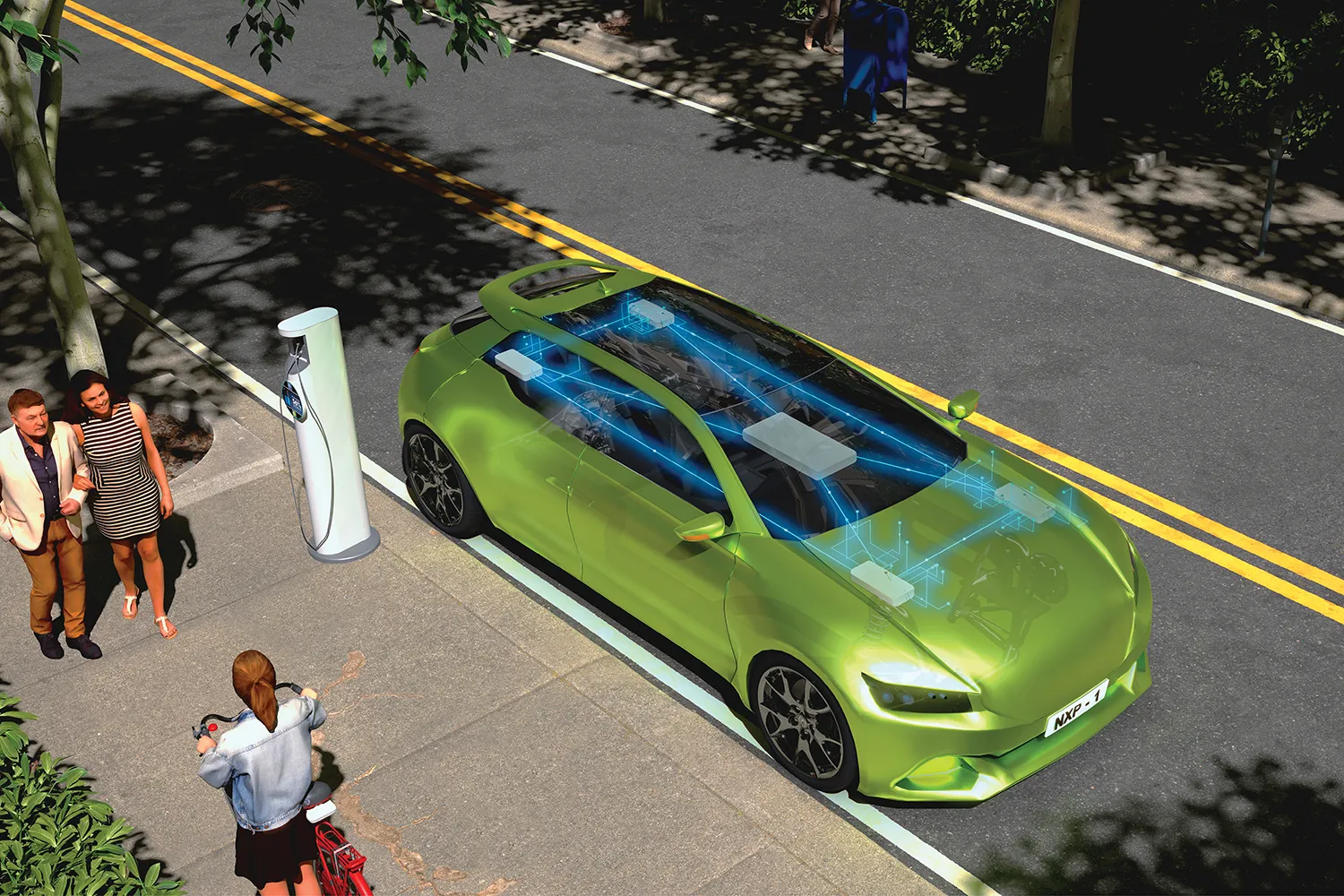U-blox has expanded its high-speed wireless connectivity reference design offerings to include full High-Speed Packet Access (HSPA) capabilities: 7.2 Mb/s download and 5.8 Mb/s upload speeds. The N731 is a mature design combining a powerful baseband processor, RF transceiver, antenna multiplexer and power amplifier components to support eight bands of HSPA / UMTS / EDGE / GPRS / GSM functionality including data, voice and SMS. "The N731 is a truly state-of-the-art 3.5G modem design, perfect for high-speed m
June 19, 2012
Read time: 1 min

"The N731 is a truly state-of-the-art 3.5G modem design, perfect for high-speed mobile applications such as smart phones, streaming video, wireless Internet and data routing. U-blox can integrate the design into customer designs quickly, with full training, test, and operator certification support," says Tomaz Petaros, VP Marketing.
Requiring only 35.7x24.0x2.5mm of PCB area, the N731 reference design is available for license to OEM customers for high-volume applications.










